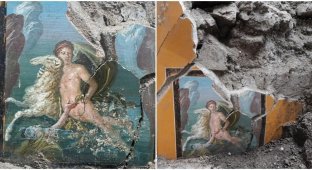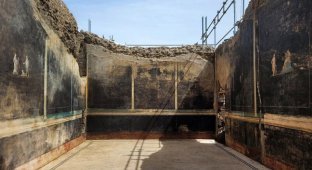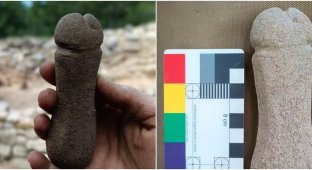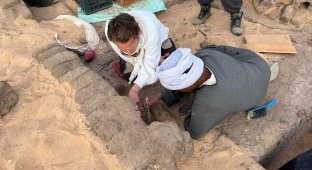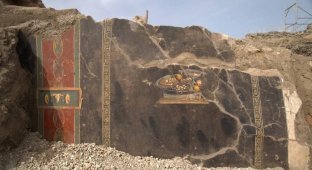Archaeologists have discovered an interesting room in Pompeii (5 photos + 1 video)
Since the discovery of Pompeii, archaeologists have constantly found something new in it, but a recently explored room has intrigued researchers. Scientists believe that pagan rituals were once carried out in it, as indicated by the non-standard color of the walls. 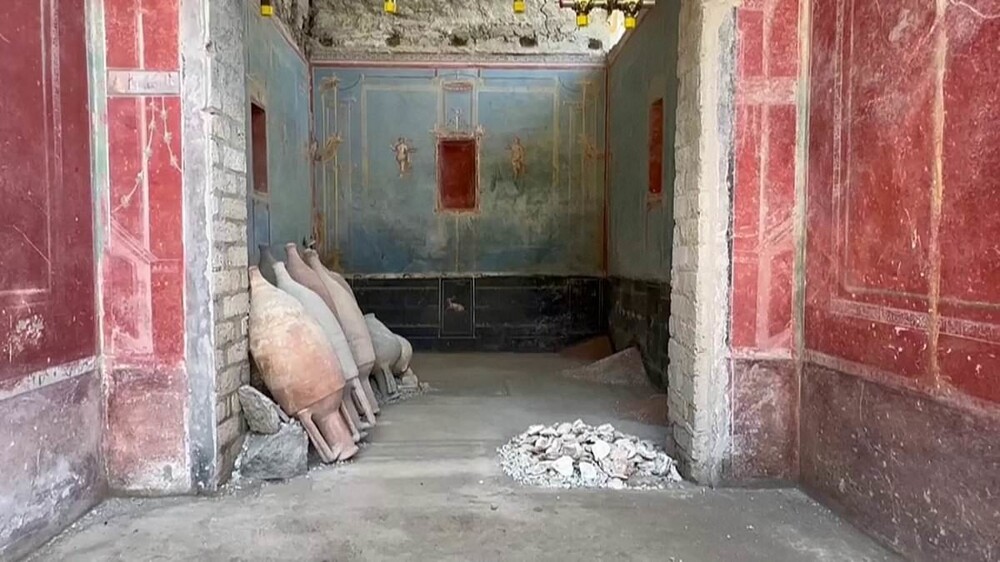
In Pompeii, archaeologists unearthed a room painted bright blue, a rare occurrence. This room, decorated with frescoes depicting female figures representing the four seasons, attracted the interest of researchers. 
The excavation team believes that the room was used for pagan rituals and the storage of sacred objects, given that the color blue is only found in important places. The discovery is part of a wider project that has uncovered 13,000 rooms in 1,070 houses in Pompeii.
Since the remains of the city were discovered in 1748, archaeologists have continued to unearth details of the lives of its inhabitants. Italian Culture Minister Gennaro Sangiuliano recently called Pompeii "a treasure chest that is still partly unexplored" during a visit to the city. 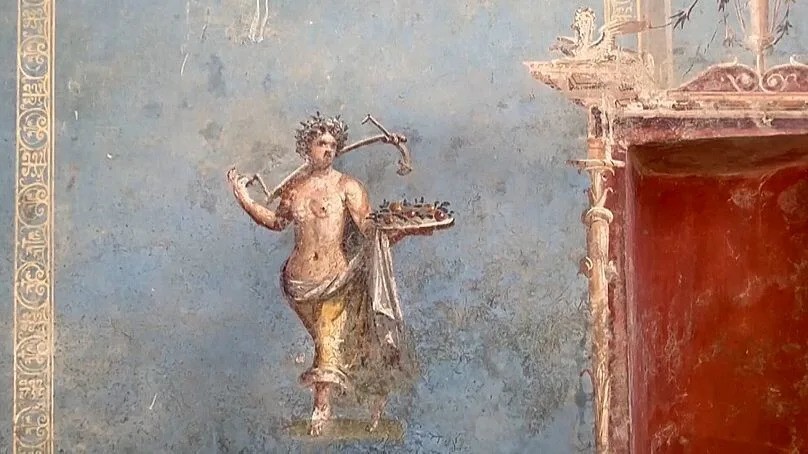
The latest find, known as room 32, was found by archaeologists during excavations on the second floor of a residential building. It can be accessed through a vestibule leading to a garden where fruit trees and vines once grew. This room, according to archaeologists, was intended for private religious ceremonies.
Each of the four women depicted in the frescoes holds an object in their hands and is adorned with a crown of flowers, some of them are dressed in dresses, others are naked. The blue walls are also decorated with gold details, showcasing painted pavilions and patterns that have survived for thousands of years.
In addition to the frescoes, the researchers found 15 jugs, oil lamps and three decorative boxes, which probably contained statues. Building materials, particularly piles of oyster shells that may have been used for plaster and mortar, indicate that renovation work was carried out on the house before the eruption. Historical evidence indicates that in the 17th and 18th centuries the room was accessed by persons who probably removed the statues from their wall boxes. 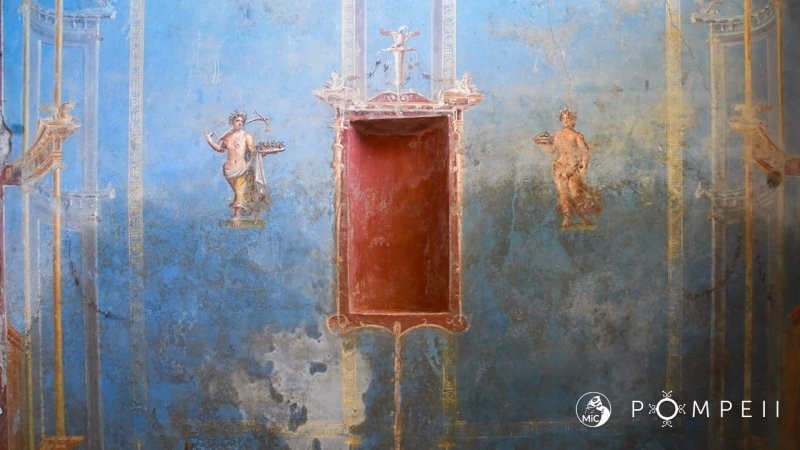
The ancient Roman city of Pompeii is located within the modern commune of Pompeii in Italy and once had a population of 20 thousand. However, many died as a result of the eruption of Mount Vesuvius in 79 AD, and the city itself was reduced to eternal ruins covered in ash.
The only evidence of the destruction of Pompeii at that time belongs to the poet Pliny the Younger, who saw the eruption from afar. His letters, found in the 16th century, describe how the eruption took residents by surprise: a column of smoke rose “like an umbrella pine” and shrouded the cities in darkness. 
The eruption, which lasted about 24 hours, caused pyroclastic bursts at midnight, causing the volcano to collapse and send avalanches of hot ash, rock and toxic gas down the mountainside, burying everything in its path.












